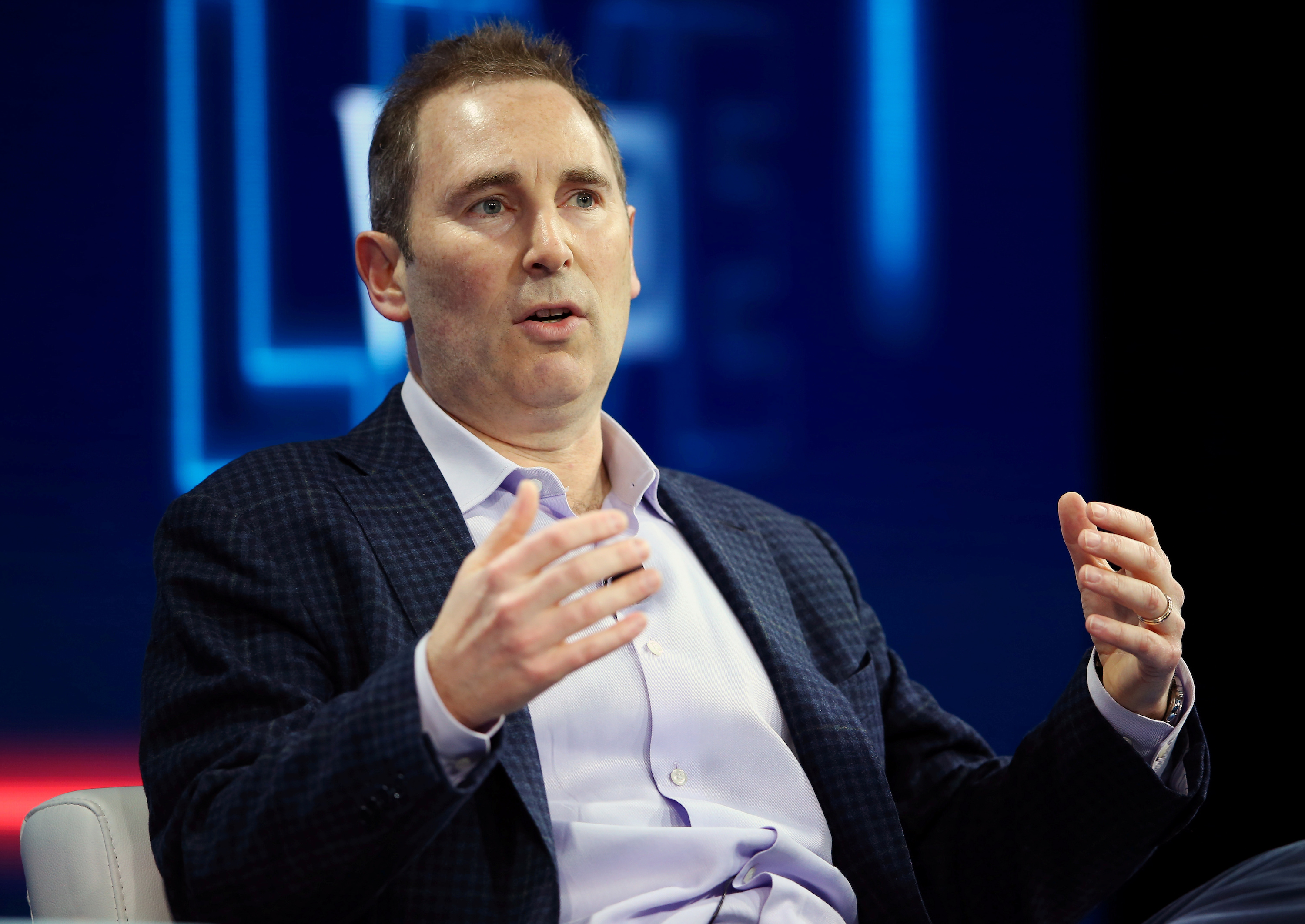- In its IPO filings, Lyft said it’s on the hook to pay Amazon Web Services (AWS) at least $300 million by the end of 2021 for cloud-computing services.
- Depending on when the deal began in January and when it ends in December, it means Lyft is paying between $8.33 million and $8.57 million to AWS every month.
- If Lyft doesn’t hit the $300 million mark, it’ll have to pay Amazon the difference, in accordance with the agreement.
- It’s a reminder that cloud computing isn’t as cheap as some think.
Lyft is going public, and its filing gives us the best look yet at the ride-hailing firm’s financials, its corporate focus, and how it does business in general.
Buried in there is the revelation that Lyft is contractually obligated to pay at least $300 million to Amazon Web Services (AWS), Amazon’s market-leading cloud-computing business, between January 2019 and December 2021. Some quick napkin math shows that – depending on when exactly the contract began in January 2019 and ends in December 2021 – Lyft is committed to spending between $8.33 million and $8.57 million a month on AWS, which hosts its entire app and platform.
Notably, Lyft said that if its usage of Amazon’s cloud doesn’t hit or exceed that $300 million threshold, it’ll have to pay the difference. Lyft committed to spending at least $80 million in each of the three years of the deal, with the stipulation that it will spend $300 million in aggregate overall. The S-1 filing said this figure was actually an addendum to an existing deal – in March 2018, Lyft agreed to pay AWS $150 million by June 2021; in January 2019, it extended the deal to what it is now.
It’s not uncommon for high-flying startups such as Lyft to rely on the cloud. So-called public cloud-computing platforms, such as AWS, allow developers to rent supercomputing capacity from the tech giants’ own massive-scale data centers. It means that as a company grows, it can add more computing capacity with the push of a button.
Another example of this kind of deal is when Snapchat's parent company went public in 2017. It revealed that it was on the hook to pay Google Cloud, the search giant's answer to AWS, some $400 million a year through 2022.
In a broader sense, the Lyft deal with Amazon Web Services reveals sometimes-uncomfortable truths about the cloud-computing industry. While it's often billed as being cheaper than maintaining your own servers in your own data center, that's generally only true at small scales.
At larger scales, such as Lyft's, the costs can quickly add up to be significant.
As The Information recently reported, several companies have found the size of their monthly AWS bills to be a surprise. At a certain point, some large-scale web companies, including Dropbox, have actually moved from Amazon's cloud back to their own servers.
However, that can be a costly project, requiring significant investment both in rearchitecting the entire infrastructure and in transferring data from one place to the other, as well as hiring new and different types of talent.
So take Lyft's cloud situation as a reality check on cloud computing - for both its promise for smaller companies and its potential to be more expensive than many might think.

